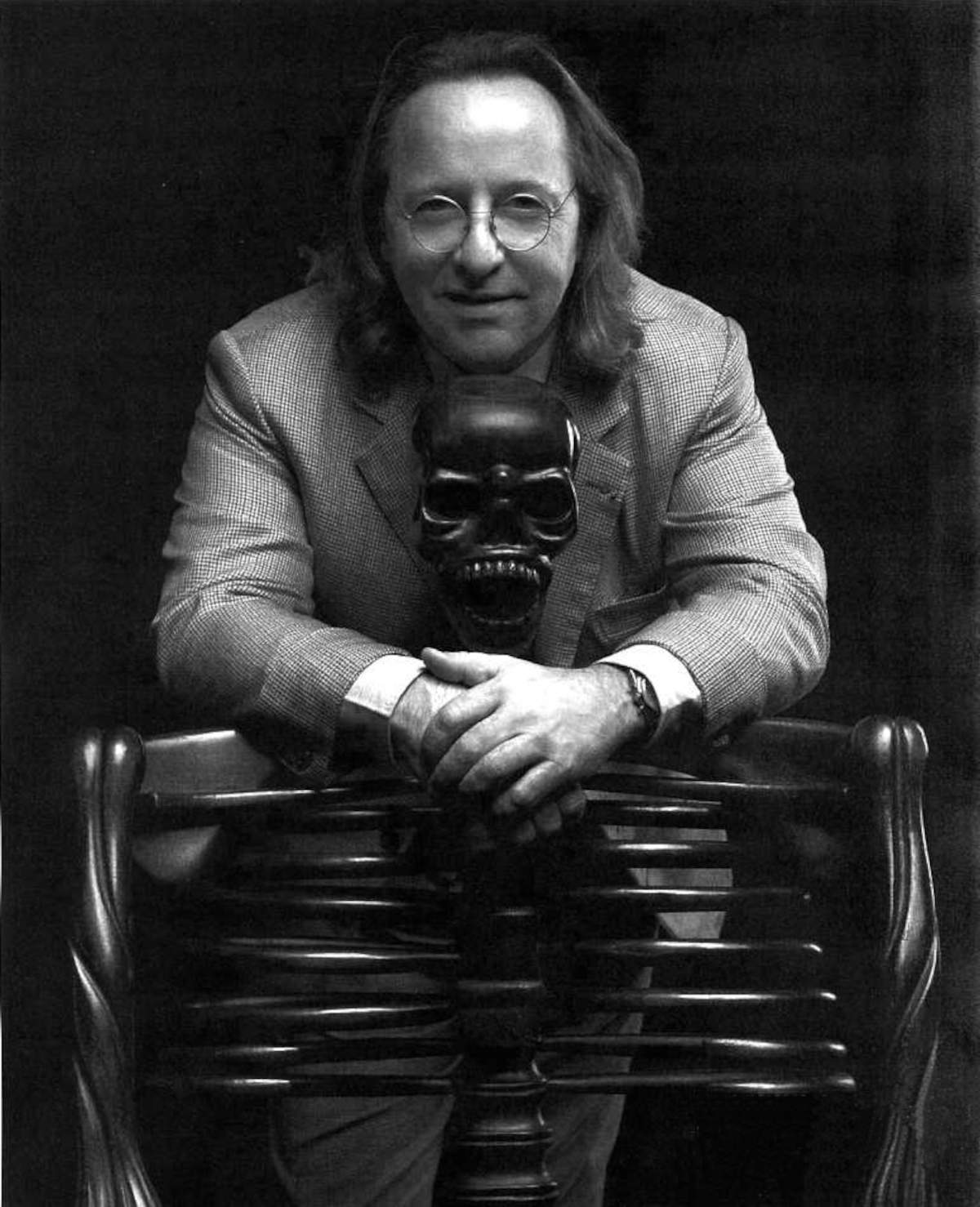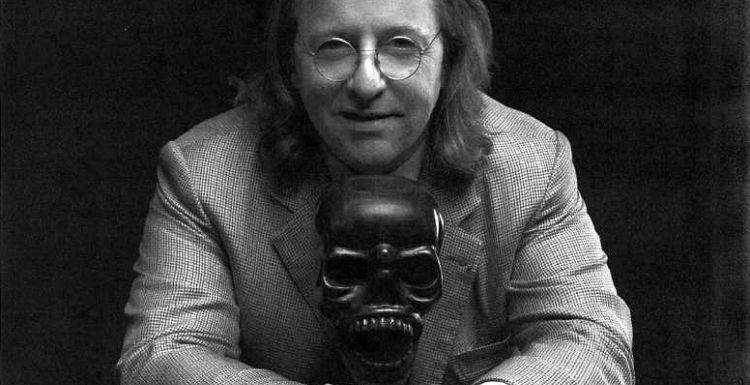A French furniture expert and an art restorer have been found guilty of a sophisticated multimillion-dollar scam against the antiques market, in which authentic 18th-century chairs were counterfeited to be resold as original furniture belonging to historical figures, including Marie Antoinette. The case, judged by many to be one of the most serious forgery scandals to hit France in recent decades, has also involved internationally renowned collectors and public institutions such as the Palace of Versailles, helping to fuel a broader debate about heritage management and the authentication of works. Bill Pallot, 61, a world-leading figure in the study and appraisal of eighteenth-century French royal furniture, and Bruno Desnoues, one of the country’s best-known restorers and carvers, were convicted by the Pontoise court of orchestrating a fraud that resulted in damages estimated at more than 4.5 million euros. The investigation reconstructed an illicit activity carried out between 2008 and 2015, in which the two professionals introduced fake but extremely convincing objects to the market, sold for high sums through Parisian galleries and auction houses.
A Qatari prince also appears among the scammed clients, while six of the counterfeit chairs ended up directly among the collections of the Palace of Versailles, which purchased them for a sum exceeding 1.5 million euros. The fraud was all the more effective because of the careful selection of materials: the chairs were assembled using original wooden frames from the period, so as to pass any dating tests, but every other element, from the frame to the decorations, was the result of contemporary reconstructions, made with such skill as to fool even experts in the field. According to courtroom findings, the operation would originate almost as a game: a bet between the two men to see who would be able to create fake chairs so perfect that they would confuse even the best experts in the field. In reality, the scheme soon turned into a full-fledged systematic production and sales operation. The collaboration between Pallot and Desnoues, fostered in part by the professional ties and reputations of both, enabled the infiltration of the counterfeit pieces into very high-profile circuits. Sales were channeled through some of the most prestigious galleries and auction houses in the French capital.
The scope of the scandal became apparent in 2014, when French tax authorities intercepted suspicious transactions related to major real estate transactions carried out by a couple living in a Paris suburb, whose declared income, however, was incompatible with the movements detected. The investigation, originally launched for money laundering, eventually identified a direct link to Desnoues and, from there, to the entire forgery scheme. The investigation took a total of nine years to complete and involved experts, heritage investigators and technical consultants. In light of the seriousness of the facts, the sentence was handed down on Wednesday. Bill Pallot was sentenced to a suspended prison term of four years, accompanied by a fine of 200,000 euros. The court also ordered an ancillary sentence of four months’ imprisonment, already served under provisional arrest. Pallot was already known to the general public for his studies considered authoritative in the field of 18th-century French furniture and for publishing a volume considered a reference in the field. His nickname, “Père La Chaise,” evoked until a few years ago a figure of great authority in the world of antiques.
“We said we would do it as a game, to see if the art market would notice or not. They say there is no such thing as a perfect crime. There is also no such thing as a perfect forgery. We could have done better. We are not good annomi. We did not have the wood retracted,” Pallot told the court.

Bruno Desnoues was also sentenced to a suspended prison term of three years and to pay a fine of 100,000 euros. Like Pallot, he served a four-month suspended prison sentence. An experienced restorer, Desnoues had worked on behalf of the Palace of Versailles on major projects, including the restoration of Louis XVI’s bed. During the proceedings, his position was aggravated by statements made by witnesses and family members.
“I like work and sculpture. I have never been fond of money,” he said.
In particular, Desnoues’ wife called the antiques business “a detestable environment where antique dealers want to make money at any cost.”
The direct involvement of the Palace of Versailles helped make the case even more institutionally sensitive. In 2016, following initial rumors about the investigation, the French Ministry of Culture ordered a full audit of the chateau’s collection acquisition policy. The episode raised questions about the ability of public bodies to verify the authenticity of works before purchase, questioning the competencies of curators and scientific managers. The damage, in any case, is not limited to economic and legal aspects. Several industry observers have stressed the symbolic impact of the affair, which threatens to undermine France’s reputation as one of the world’s leading poles for the preservation and enhancement of artistic heritage. Indeed, the deception perpetrated against one of the country’s best-known sites, such as Versailles, has resonated internationally, raising doubts about the transparency of transactions and the rigor of appraisals.
Laurent Kraemer, an art and antiques dealer at the renowned Kraemer Gallery, which had sold four of the chairs, said in court that he and his staff were “100 percent convinced, without a doubt, that these were authentic chairs.” The court ruled out any liability of the gallery for negligence. Several specialists argued in court that the fraud was “obvious” and would have been unmaskable if the forgeries had been compared with the originals kept at Versailles. One of them pointed out that the irregularities were already apparent to the naked eye, particularly in the absence of the natural signs of wood shrinkage due to time. The Pallot-Desnoues case is part of a broader context of attention to the traceability and authenticity of works of art, particularly with regard to antiques and decorative arts. The dynamics of the market, which is increasingly oriented toward high-yield investments, have contributed to an increase in the symbolic and financial value of historical objects, making the sector particularly susceptible to incidents of forgery.
 |
| Fake furniture for Versailles: convicted French expert and restorer |
Warning: the translation into English of the original Italian article was created using automatic tools. We undertake to review all articles, but we do not guarantee the total absence of inaccuracies in the translation due to the program. You can find the original by clicking on the ITA button. If you find any mistake,please contact us.